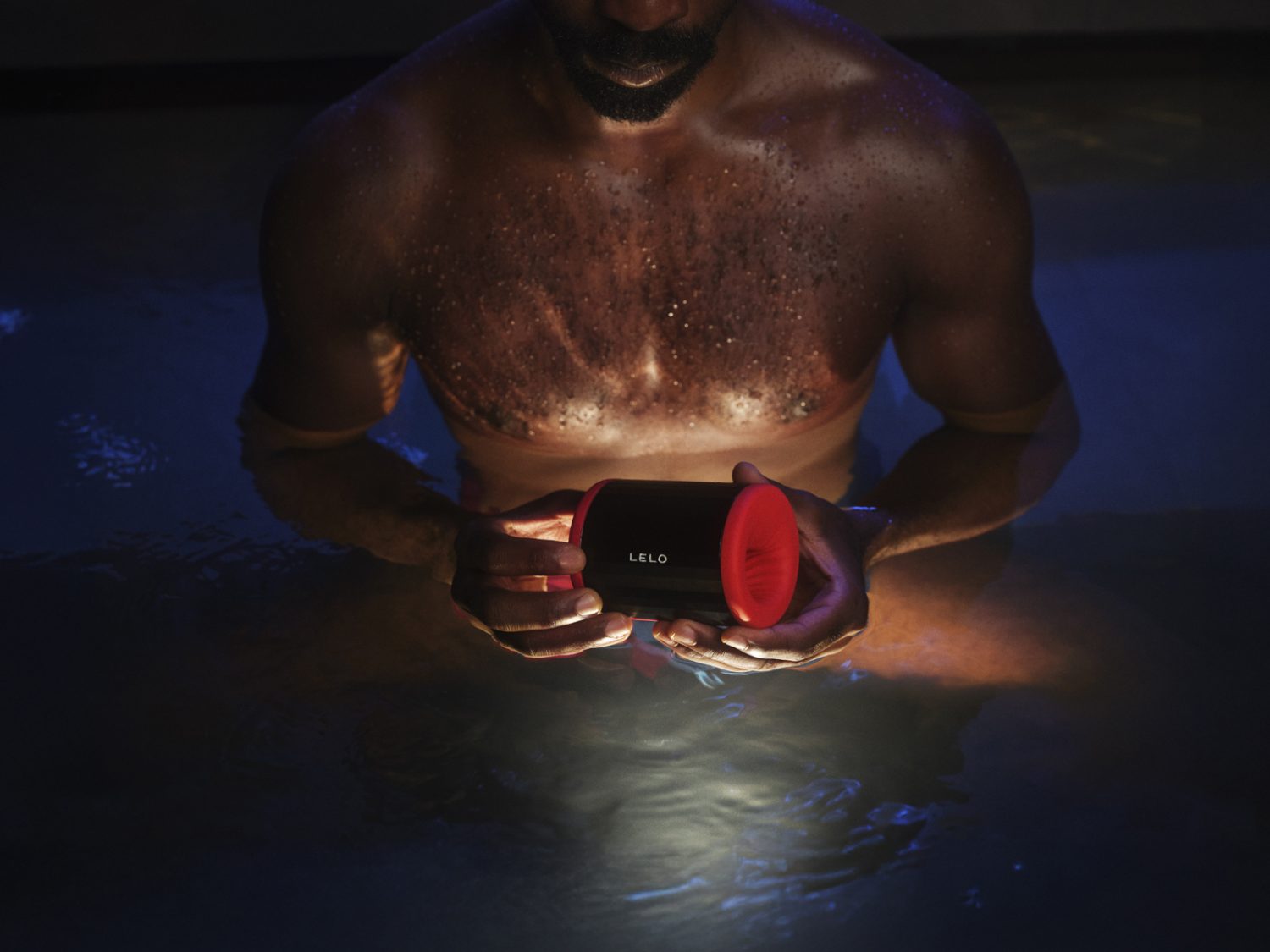Let me give it to you straight: most human beings do not know how to talk about sex. Fortunately, that’s changing (thank you, contemporary sex educators!), but unless we actively seek it out, it’s rare that we’re taught how to communicate our sexual needs, in loving, self-affirming ways. And that’s a shame because the key to having better sex is being able to articulate your desire…in all its contours, messiness, and delicious longing.
But here’s the good news: you’re here right now, reading this article! This tells me that you are trying to educate yourself, and learn communication skills that will help you bridge the gap between desire and reality. There are some common threads when it comes to talking about sex, so here are five of the top issues we see here at Sex With Emily. And—more importantly—I’ve got communication hacks for all of them, to help you get the pleasure you deserve and have better sex.
1. How to Ask for What You Want
If you’re in a partnership with someone and the sex is a little lackluster, don’t worry – you’re not alone. It’s a super common issue, and not necessarily a harbinger of relationship doom. It could be that there’s a ton of chemistry waiting to be unleashed, but to do so, you have to remove the blocks (like fear, insecurity, or defensiveness). And guess what? You can absolutely do so, via communication. You can communicate your way to better sex.
Try: The compliment sandwich.
Whatever it is you want from sex—more of it, a certain act, etc.—try the compliment sandwich. What do I mean by that? Think three layers: affirmation, request, affirmation. Here’s an example:
“Hey babe, I love our sex life, and every time I see you, I get turned on.” (first layer)
“In fact, I’d love to see if we could make time for more of it, ideally twice a week. (second layer)
“I never talked about sex this openly with past partners, so this is new for me, too. I’m practicing getting my needs met, and I really appreciate you listening. Will you learn with me?” (third layer)
This is such an effective tool because it places the request inside loving observations. But, what if you don’t know what it is you want…you just know the sex needs to be “spiced up?”
If that’s the case, I recommend watching ethical porn together to get ideas. You can watch it solo to garner a better idea of your interests, or with your partner so that you can both get those creative juices flowing. (Just don’t be surprised if you get so turned on you can’t finish the video…)
2. How to Get More Comfortable Talking About Sex
Great sex is part output, part input. And for the latter, I’m talking about feeding your brain with the language of sex, so you can build a vocabulary for discussing it. Most of us are still shedding the cultural shame of sex and pleasure (raise your hand if you’ve ever heard “sex” and “sin” in the same sentence), so it’s natural if someone trips up when talking about sex…or makes nervous jokes, or starts to shut down.
Never fear: to get more comfortable talking about sex, I recommend you listen to folks discussing it. The Sex With Emily podcast is a fantastic place to start; try putting it on during your next road trip. I also recommend building up your sex bookshelf, to internalize ideas and concepts around sexuality. But if you’re with a partner, and you’ve never ever talked deeply about your sex life, I’ve got an idea:
Try: The Yes / No / Maybe List.
Think of this list as a conversation starter, to help “break the ice” around sex acts. It’s also super fun! You can each do it independently, then come back together to compare notes.
3. How to Give Tough Feedback
When you’re in a sexual situation and run into something you don’t like, it’s tempting to say nothing. You don’t want to hurt their feelings, after all. But to quote the great Brene Brown: “clear is kind. Unclear is unkind.”
So let’s help you be clear with your partner because if they’re in the dark, it’s not their fault if they keep doing something you’re not into. You have to guide them.
Try: The positive reframe.
Let’s say your partner loves giving you handjobs, but you don’t enjoy the way they do it. Instead of saying, “Hey babe, you’re bad at handjobs,” reframe it into something positive:
“Hey babe, you turn me on so much when you _____. I want to keep that energy going when you’re touching me…can I show you how I like it?”
It’s similar to the compliment sandwich, but the difference here is you’re taking responsibility for the way you like to be touched, and expressing that out loud. (And, you’ve taken the time to figure out how you like to be touched in the first place.)
Want to take it a step further? Ask what they’re into. Something like, “While we’re at it, I’d love to know what makes you super hot.” Curiosity is one of the most attractive qualities a partner can have, after all.
4. How to Tell Someone You Have Feelings for Them
We’ve all been there: you’ve got a cute friend, you’re getting closer, it’s feeling good…but. Are they into you? Only one way to find out.
Telling a friend you have feelings for them is always a little nerve-wracking, especially when you’re trying to gather information (such as: are they already in a monogamous relationship?) and figure out if this would be a welcome advance or not. But if you’re worried about putting them on the spot by telling them face-to-face, I’ve got an idea for you:
Try: Writing them.
Whether it’s a thoughtful text or email, I think this is a respectful way to share the nature of your feelings, and give them time to absorb it. I’ll also recommend that you do not express it as an ultimatum (“if you’re not into me then we can’t be friends anymore”), but rather share how you feel with no expectations. Let them know it’s OK if romantic feelings aren’t reciprocated, and continue to be a good friend.
5. How to Start Exploring a Kink
There’s a great SWE episode with Mistress Justine Cross, where she talks about the stigma associated with kink, and why people are afraid to open up about it. Listen: if you’re kinky and ready to explore your interests, you’re doing society a favor! I promise. The more we normalize talking about our specific sexual turn-ons, the more permission we give others to speak theirs. So consider this:
Try: Leading with your interests.
If there’s something kinky you want to try — bondage, threesomes, pain play, etc. — try leading with your interests. Here’s what I mean by that: put your kinks in your dating profile, host a bachelorette party and hire a BDSM educator, or seek out online kink communities. Bottom line: if you’re single and looking for a play partner, it’ll be much easier to find your people when you share this information. If you do, and someone reacts with: “whoa, I’m so not into that,” guess what? They’ve done you a favor because that’s not your person. It’s all about finding mutual interests, or, finding someone with a growth mindset around sex.
If you’re partnered, this approach also works if you express your interest as a question. For example, “I’ve been thinking a lot about ____ lately, and I’m super curious about it. Would you be interested in giving it a shot?”
Remember: the more we talk about sex and relationships, the more comfortable these conversations become. With the right communication tools, you can approach any sex convo with confidence.











